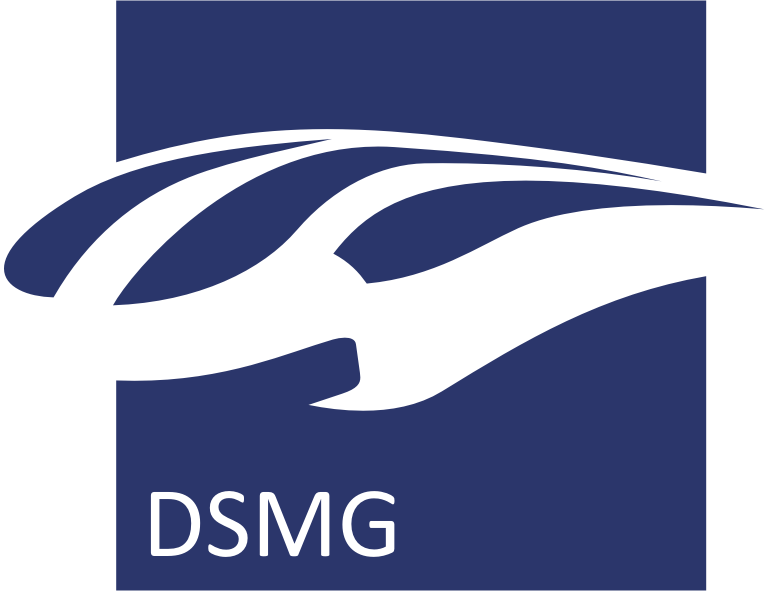Original article from Miljö och Utveckling ( Environment and development) here:
Swedish text translated:
The statement from the Swedish Transport Administration that they have carried out an investigation of maglev train alternatives is not correct. Since Sweden has no fact basis in the technology choice issue, there are only two alternatives in the 2022 election campaign to choose, for or against the high-speed train, according to Rune Wigblad.
Opponents of high-speed trains claim that the investment is a loophole and those in favor of the investment claim that it is useful. Instead, it is good value for money with maglev train alternatives that have good opportunities to unite different political wills. Without serious evidence, however, our politicians are completely left to the Swedish Transport Administration’s unprofessional assessment.
Study at BTH
At BTH (Blekinge Institute of Technology), a feasibility study was carried out which concluded that maglev trains are promising. The magazine Miljö & Utveckling then interviewed the Swedish Transport Administration’s strategic spokesperson Christer Löfving, where he rallied that it is “only the magnetic train system in Shanghai…. which would be relevant for installation in Sweden. It is a distance of 30 kilometers / 18.6 miles”.
Christer Löfving’s point is that “magnetic trains have not been tested on a large scale anywhere in the world”. Of course, if this were true, no investigation would be needed. Löfving excludes the US and Japan’s investments in maglev trains in his commentary. Löfving also ignores the fact that China runs two current pilot projects for high-speed magnetic trains, while Sweden’s pilot project Ostlänken is high-speed trains.
The United States thinks differently
If we take a magnetic train perspective, we see that China, Japan and the USA have made a different assessment than the Swedish Transport Administration’s perspective. At the same time as the high-speed train investment is ongoing in Sweden, the northeastern United States chooses to invest in maglev trains (SC maglev), with a top speed of 505 km h / 313 mph, between Washington DC and Baltimore, a first stage for a further expansion to New York. This investment is today on approximately the same time schedule as the Swedish Ostlänken, which is a high-speed train for 250 km/h / 155 mph.
Maglev trains are well-tested systems for a long time. The EMS system has been tested for the top speed of 500 km/h /310 mph and has been driven commercially up to 430 km / h in Shanghai since 2003 on an approximately 30 km long track. What is the difference between 30 km and the Swedish Transport Administration’s unspecified longer distance?
Tried for many years
Japan has had a more than 40 km / 25 miles long test track for its maglev train in Yamanashi since 1990. On the track in Yamanashi, the Japanese maglev train L0 broke the world record at high speeds in 2015, 603 km/h / 375 mph.
It was many years of testing and experimentation that resulted in the solution that now forms the basis for the 440 km / 273 miles long maglev train track that Japan began to build in 2016 (Chuo Shinkansen). Japan has taken the next step in technological development, based on a distance of just over 40 km. What is the difference between 30 and 40 km? The Japanese initiative still has prioritized political support.
Swedish investment can be cheaper
The American project concerns a magnetic train of the Japanese type with a lot of tunnels. EMS magnetic trains can run almost completely without tunnels, and are a lightweight construction that is more flexible in the landscape. Therefore, there are strong indications that a Swedish maglev train investment can be significantly cheaper than the American one.
Representatives of Northeast Maglev in the USA see the magnetic train system SC-maglev as proven:
“The SC-MAGLEV is a proven, commercially viable technology already in operation in Japan. With over $ 6 billion investment in developing the technology and over 15 years of testing and safety approvals… ”
The same applies to EMS systems.
Amateur assessments
The Swedish Transport Administration’s technology assessments are very amateurish compared to China, the USA and Japan’s fact-based assessments. Why not investigate the possibilities in Sweden as well? Sweden needs better technology evaluations, but while waiting for a technology evaluation institution that can make impartial ones, Sweden needs to immediately deepen the study that has been carried out at Blekinge Institute of Technology.
– Rune Wigblad, Professor of Business Administration and Chairman of DSMG
